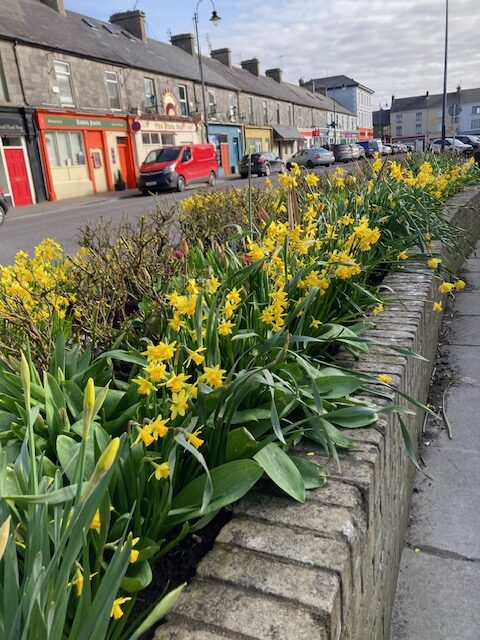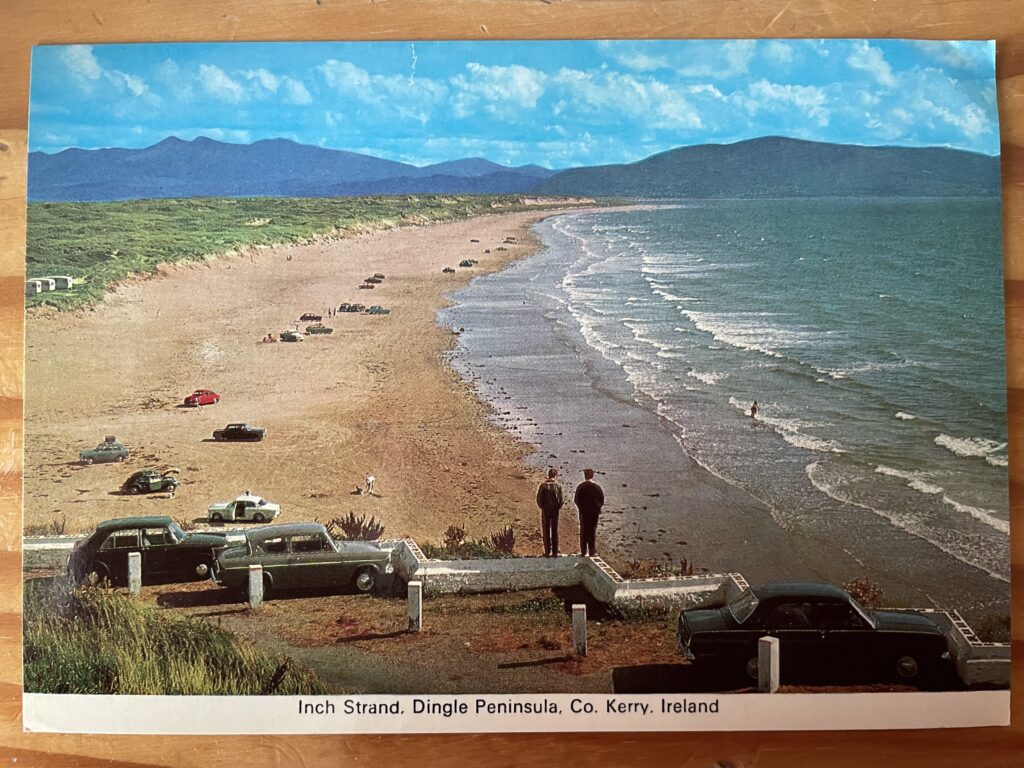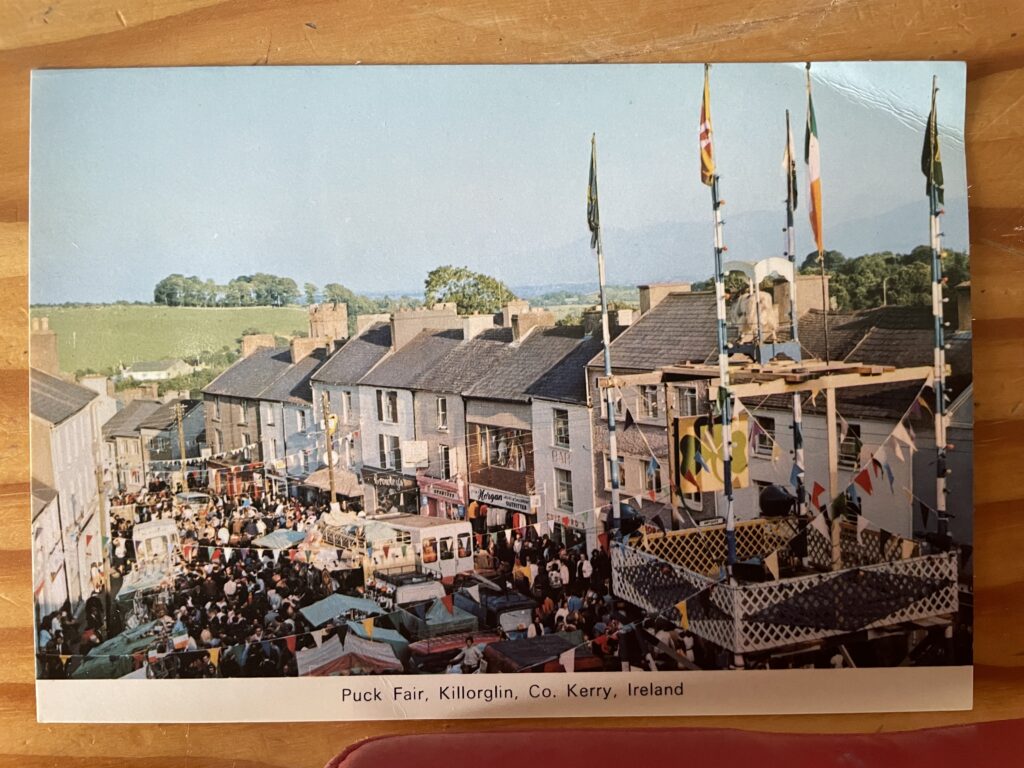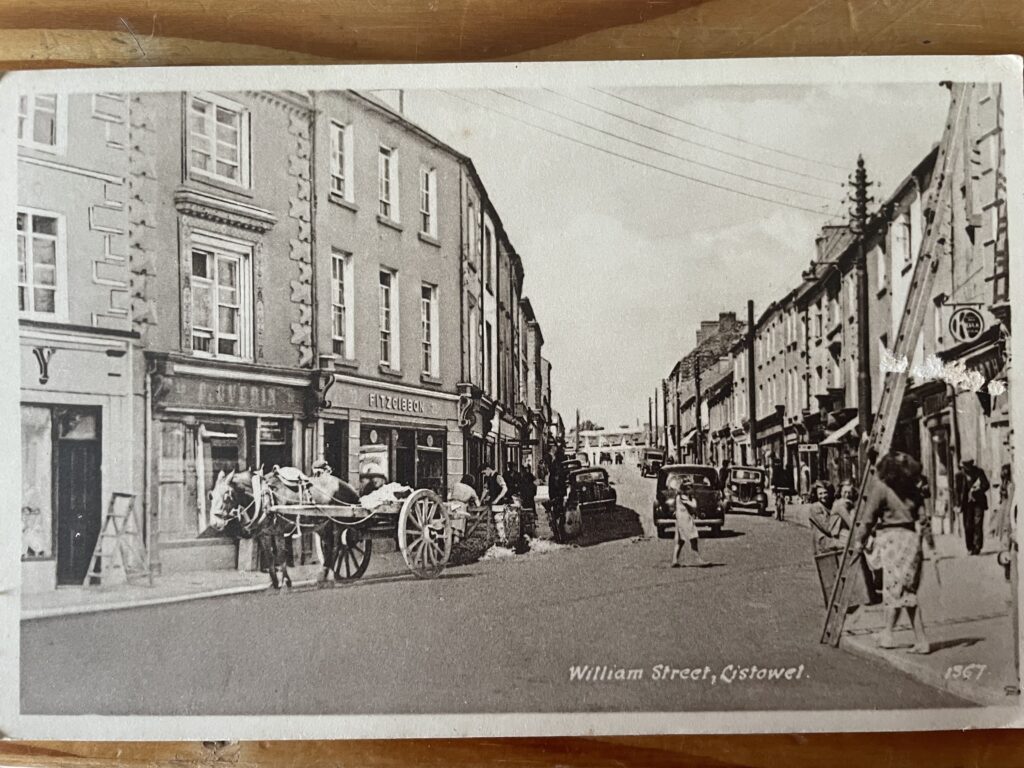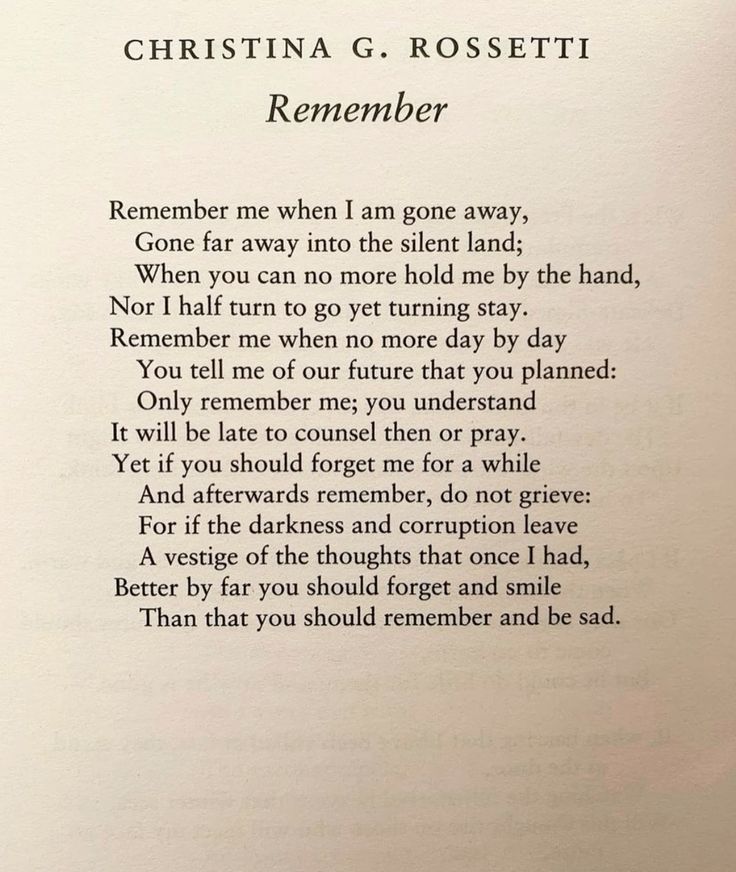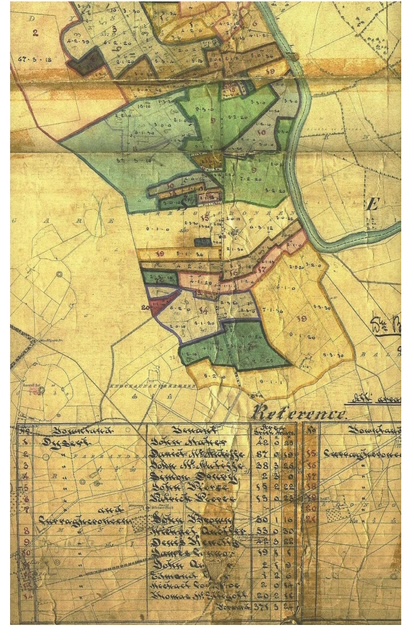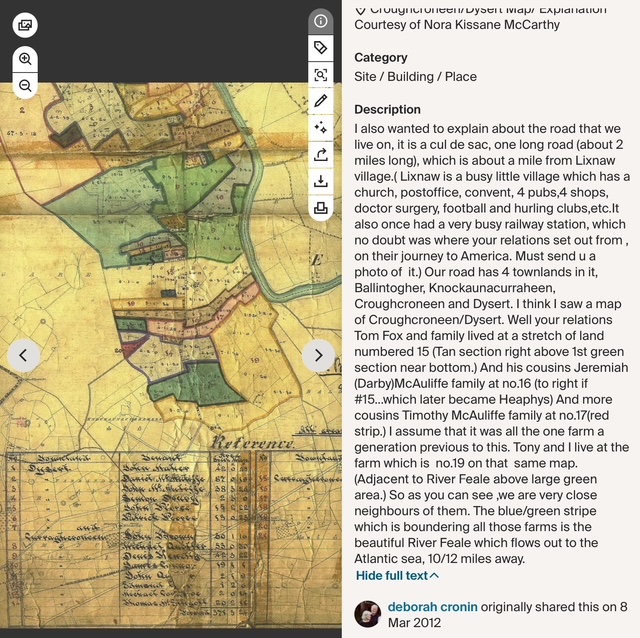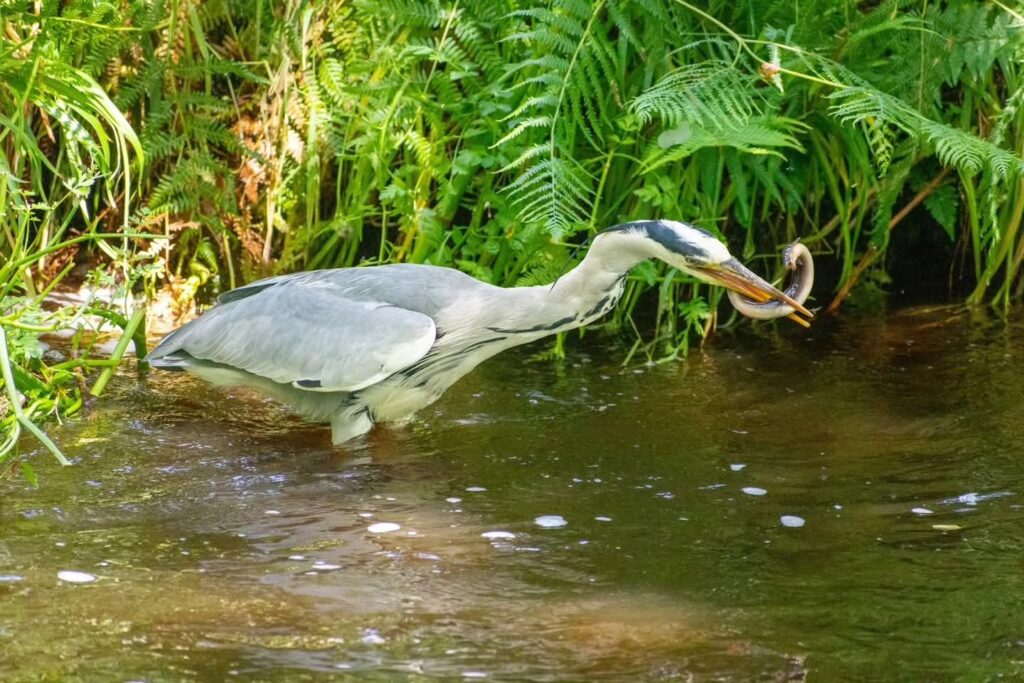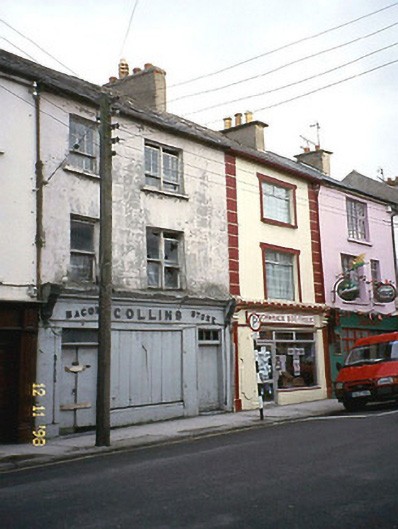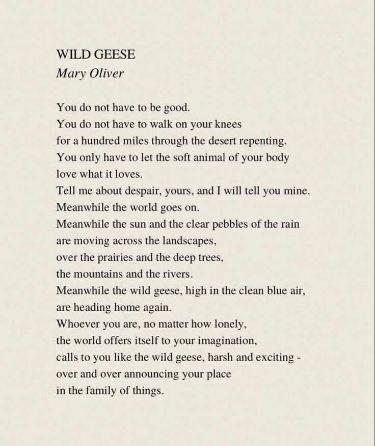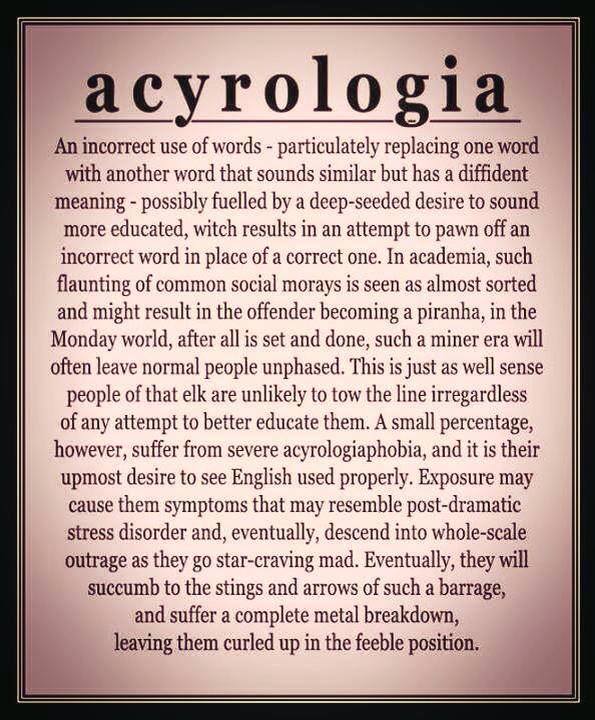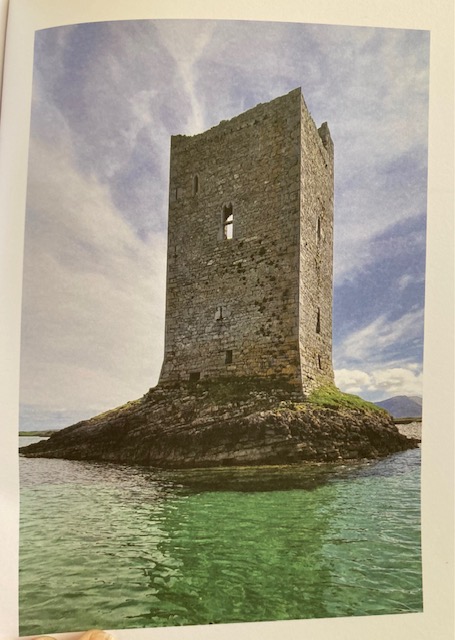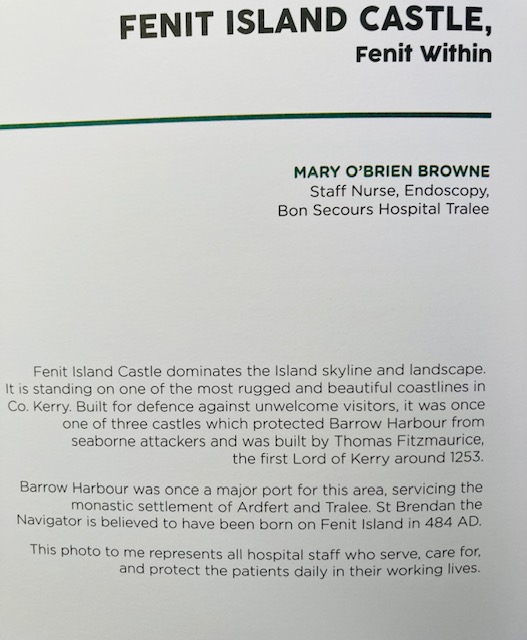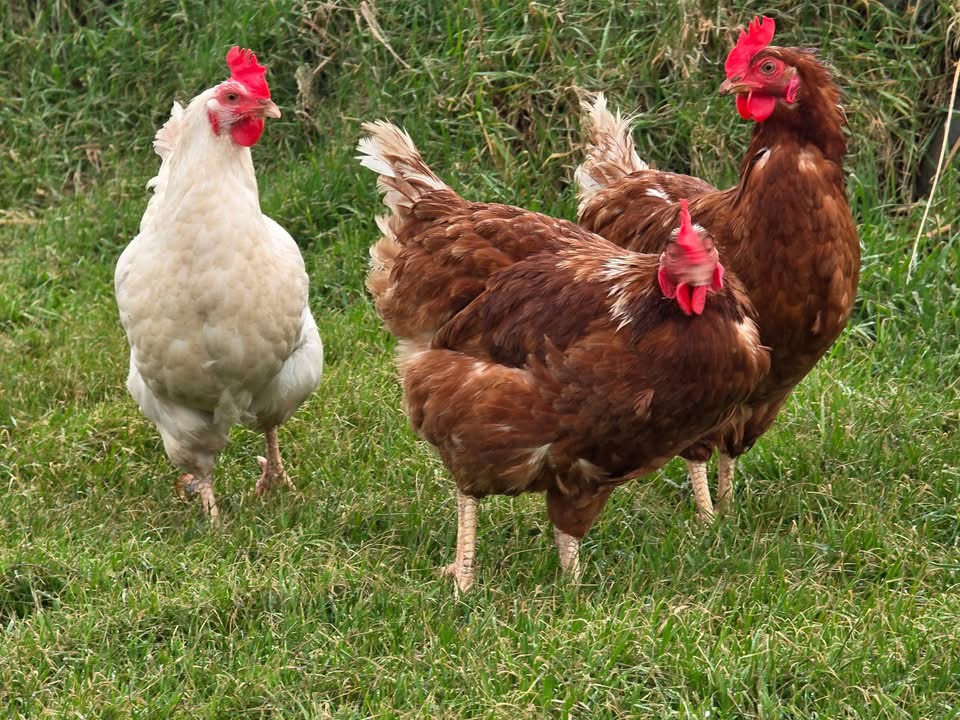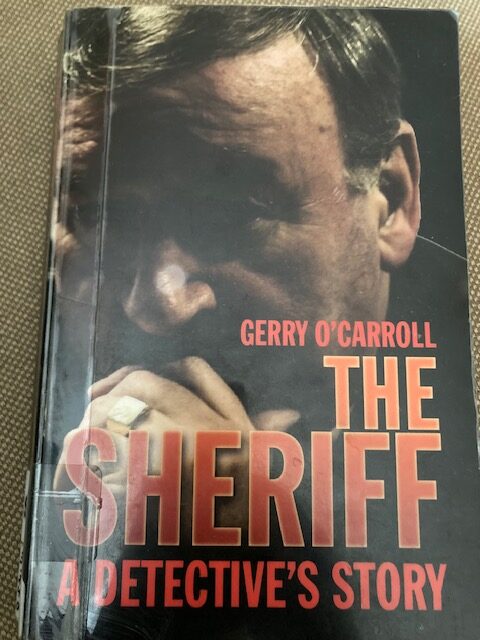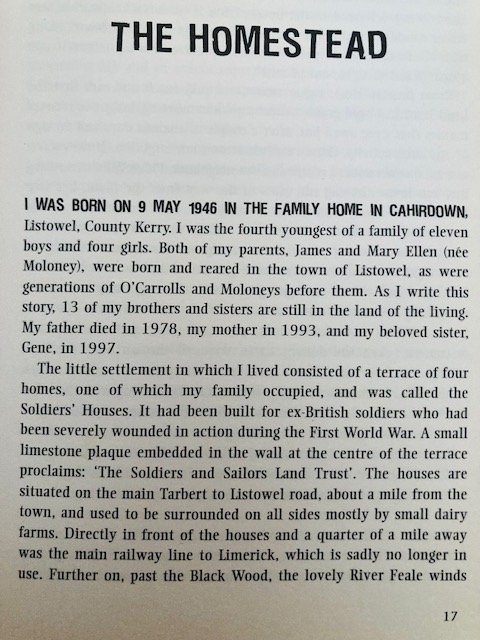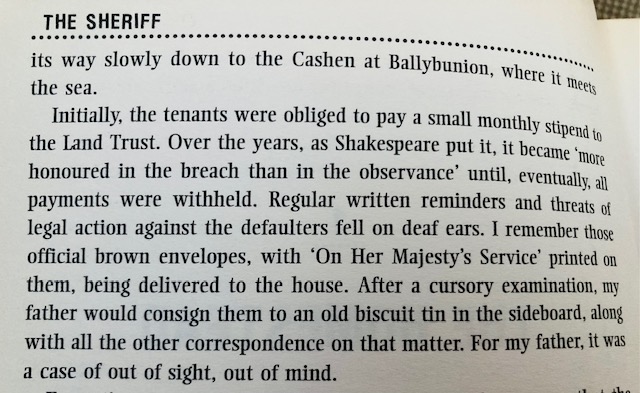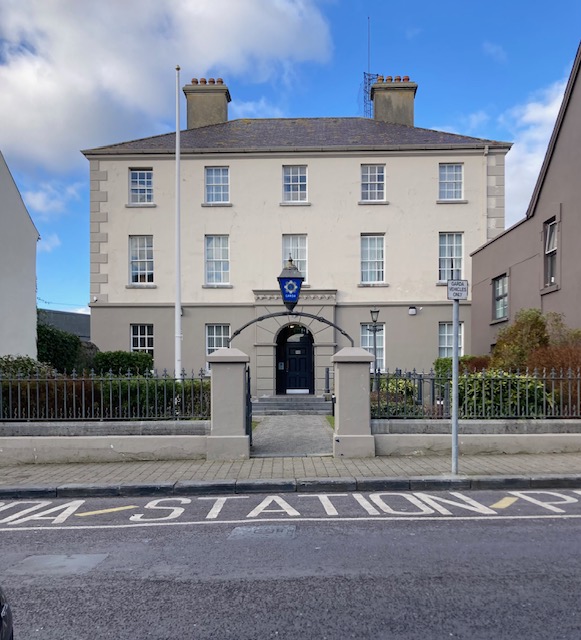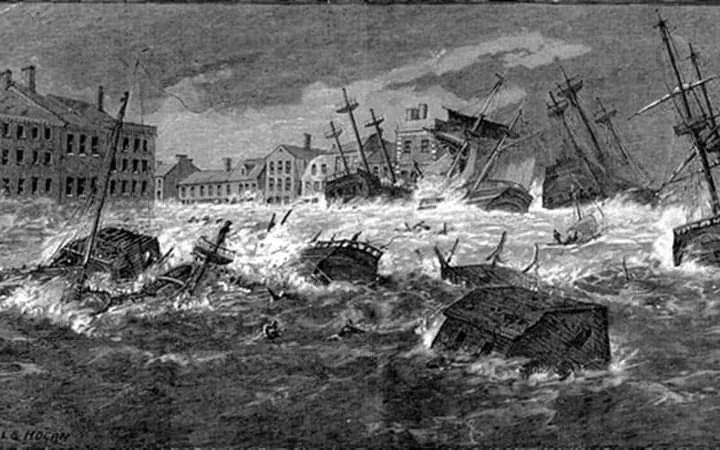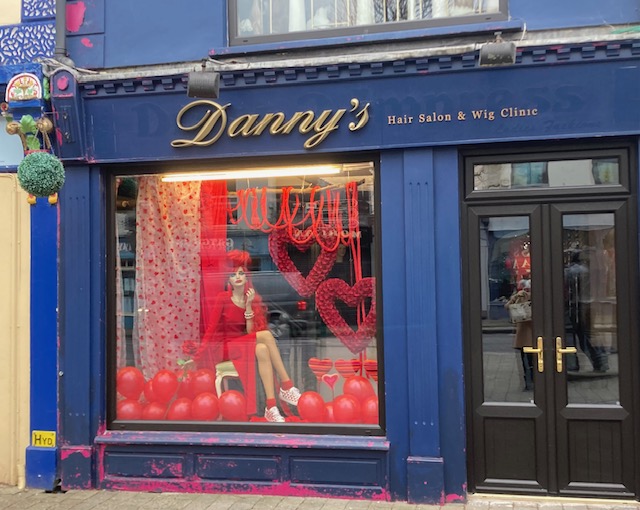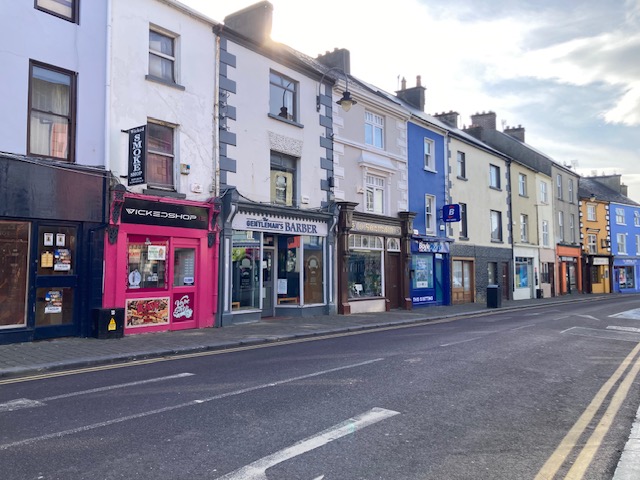
William Street in March 2025
<<<<<<<<
St. Patrick’s Day 2025
I snapped Doran’s Patrick’s Day window .
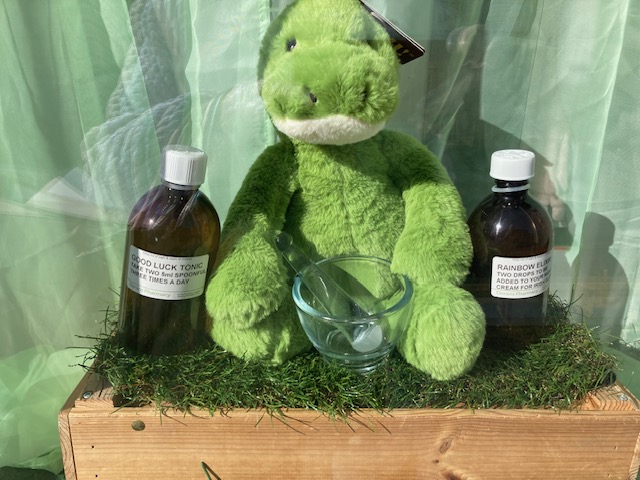
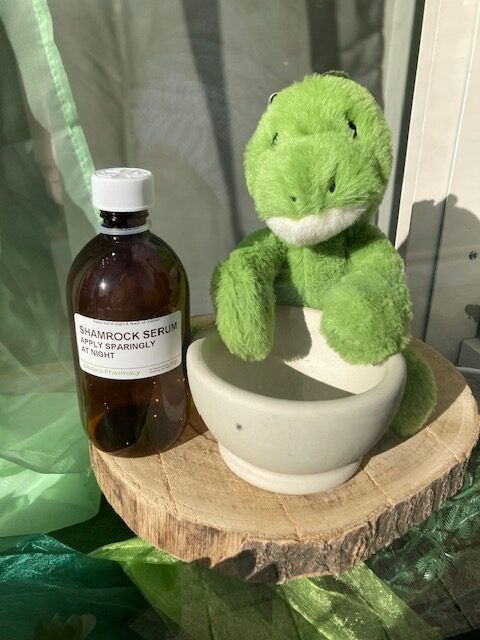
Great blend of fun and greenery
<<<<<<<<
Pillar Postbox in Main Street, Listowel
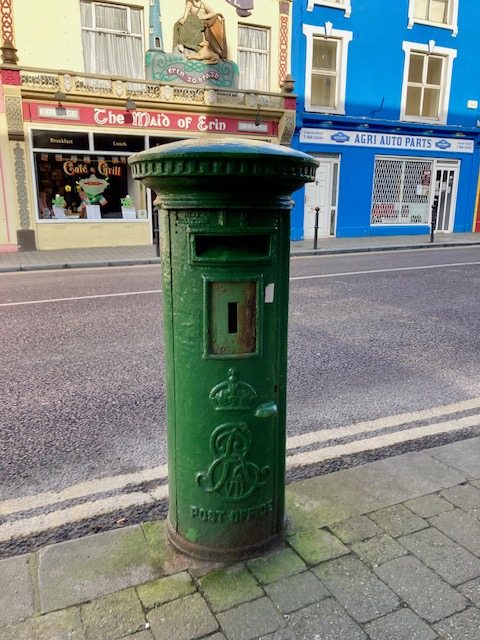
It has lost its collection notice but it’s very much still in use. It is important that we don’t lose these lovely old pieces of street furniture which are part of our history.
<<<<<<<<<
New Sign
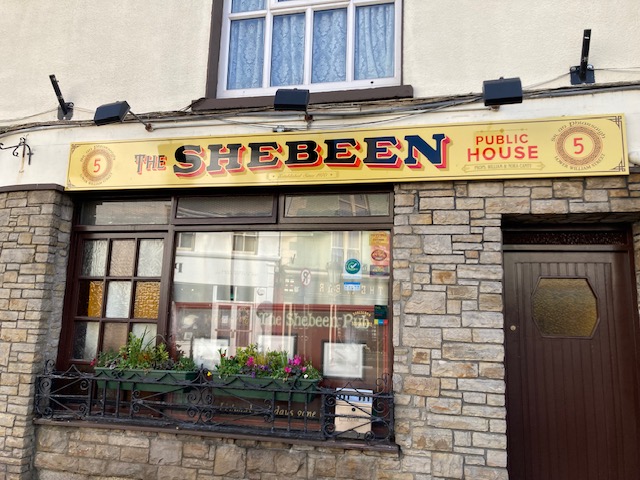
The Shebeen in Main Street
<<<<<<<<<
1942 Survey
In 1942 a man called Tim Dennehy was tasked with conducting a survey for the Irish Tourist Board of amenities in Listowel.
Maria Stack found his report on the Kerry County Council website. It makes interesting reading.
I’ll give you bitesize chuncks over the next while.

<<<<<<<<<<<<<
Re Issue of an Important Book
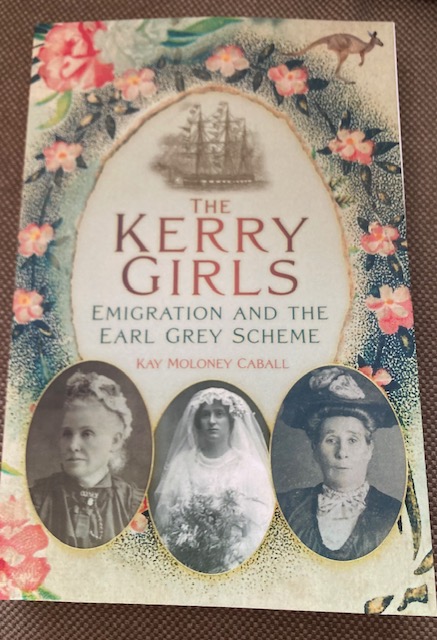
Kay Caball has taken pains to track down very many of the Kerry Girls who emigrated to Australia under the Earl Grey Scheme. Her book has been reissued with input from the descendants of some more of the “Kerry girls”.
I’m sure Kay will be taking her rightful place in the new exhibition of female writers soon to be curated for Kerry Writers’ Museum.
<<<<<<<
Seán Carlson
“My short dispatch from the Tralee to Ballybunion afternoon route was featured in the winter/spring 2025 issue of Trasna, a journal on Ireland and its diasporas.”
Bus to Ballybunion
The five o’clock bus is nearly full by the time it leaves Tralee eight minutes after the hour. The transport lurches from the station, shifting between low gears in afternoon traffic.
“This is ridiculous,” an older man says.
“It is,” a younger woman affirms across the aisle.
“Every day now,” one of them offers.
The first temporary-protection permit holders arrived in Ballybunion six months after the Irish Times declared “Scores killed as Russia invades Ukraine from land, sea, and air.” A local crowd almost the same in size gathered on the beach in welcome beneath a cliff-top castle wall.
At first, Ukrainian licence plates adorned some cars parked outside seasonal businesses. A year later, many new residents rely instead on the hour-long bus to reach the main county town.
Stopping at the technological university, the driver leaves the door locked, tallies the seats.
“Who are the lucky three?” he asks the six students waiting for the day’s last trip.
As the bus departs, another passenger rushes down the aisle. His voice breaks: four seats remain unused. Others grasp his tension if not the language. The driver stays silent.
There are few vehicles on the road now, a clear route forward, only a roundabout ahead.
“You can still do right,” the passenger begs.
And for a breath, the possibility holds.
<<<<<<<<<
A Fact
In 1997 scientists in Edinburg cloned a sheep called Dolly.
<<<<<<<<<

